Bay laurel Tree
- December 27, 2023
- 0 comment
The Bay Laurel tree, scientifically known as Laurus nobilis, is a captivating evergreen that has been cherished for centuries for both its aromatic leaves and historical significance. Native to the Mediterranean region, this tree boasts glossy, deep green foliage with a unique lance-shaped appearance. The leaves, commonly referred to as bay leaves, emit a distinct fragrance and are a staple in culinary applications, adding a subtle but essential flavor to soups, stews, and various dishes.
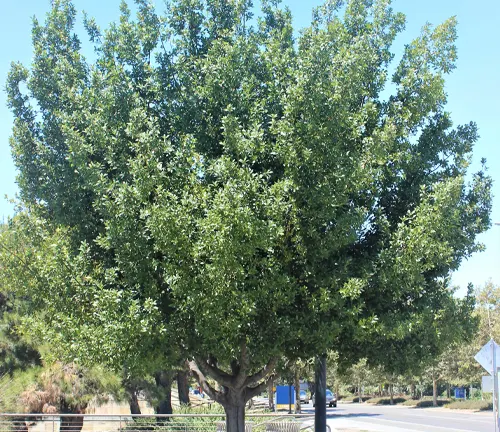
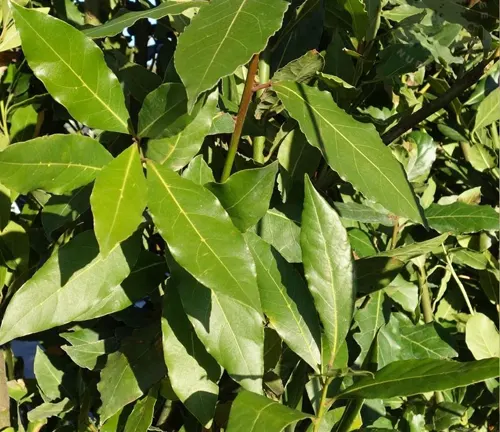
Beyond its culinary use, the Bay Laurel tree holds cultural and symbolic value, historically associated with honor and achievement. In ancient times, laurel wreaths were crafted from its branches to crown victors in athletic competitions and scholars receiving academic honors. The tree’s adaptability and resilience make it suitable for cultivation in a variety of climates, although it thrives in well-drained soil and full sunlight.
Its ability to reach heights of up to 40 feet contributes to its role as an ornamental tree, enhancing landscapes with its lush foliage. Whether appreciated for its aromatic leaves in the kitchen or its rich cultural heritage, the Bay Laurel tree stands as a versatile and timeless presence.
| Characteristic | Description |
|---|---|
| Scientific Name | Laurus nobilis |
| Common Names | Bay Laurel, Sweet Bay, Grecian Laurel |
| Family | Lauraceae |
| Native Region | Mediterranean region |
| Foliage | Evergreen, glossy, lance-shaped leaves |
| Fragrance | Distinct, aromatic leaves (used as bay leaves in cooking) |
| Height | Up to 40 feet (12 meters) |
| Sunlight | Full sunlight |
| Soil | Well-drained soil |
| Uses | Culinary (bay leaves in cooking), ornamental, symbolic |
| Cultural Significance | Historically associated with honor and achievement |
| Growth Rate | Moderate |
| Adaptability | Suitable for various climates, prefers Mediterranean |
| climates |
Botanical Beauty of the Bay Laurel Tree
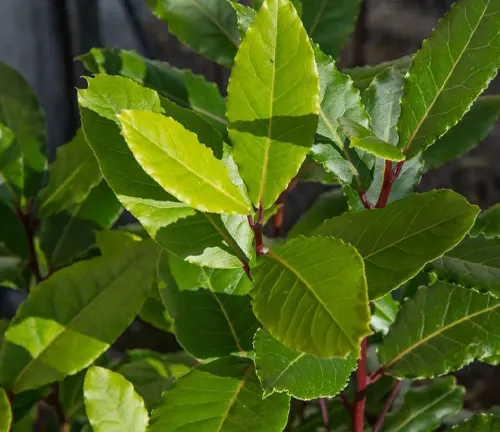
Nestled within the Mediterranean region, the Bay Laurel tree, scientifically known as Laurus nobilis, stands as a botanical masterpiece. With its evergreen foliage and lance-shaped leaves, this tree exudes a timeless elegance that has captivated admirers for centuries. Delving into the intricate details of its botanical makeup reveals not just a tree, but a symbol of nature’s grace and resilience.
The Enchanting Presence of Bay Laurel
In woodlands and landscapes, the Bay Laurel tree asserts its presence with a unique elegance. The glossy, deep green leaves impart a rich texture, creating a visual feast for onlookers. As it reaches heights of up to 40 feet, the tree becomes a majestic focal point, enhancing the aesthetic appeal of its surroundings. Its adaptability to various climates ensures that this woodland beauty can thrive and grace diverse environments with its timeless elegance.

Nurturing Nature’s Balance
Beyond its aesthetic allure, the Bay Laurel tree plays a vital role in maintaining ecological balance. As a native of the Mediterranean, it contributes to the biodiversity of its habitat. The tree’s leaves provide shelter and sustenance for various insects and birds, creating a microcosm of life within its branches. Understanding the ecological importance of the Bay Laurel underscores the interconnectedness of all living organisms in its environment.
Cultivation and Conservation: Preserving a Natural Heritage
Cultivating the Bay Laurel tree involves understanding its preferences for well-drained soil and full sunlight. While it adapts to a range of climates, efforts in conservation are essential to preserve this natural heritage. Conservation initiatives focus on maintaining genetic diversity, ensuring the resilience of the species against environmental changes, and safeguarding the Bay Laurel’s continued presence in ecosystems.
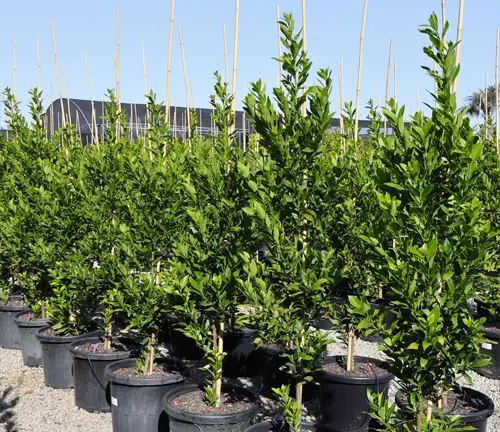
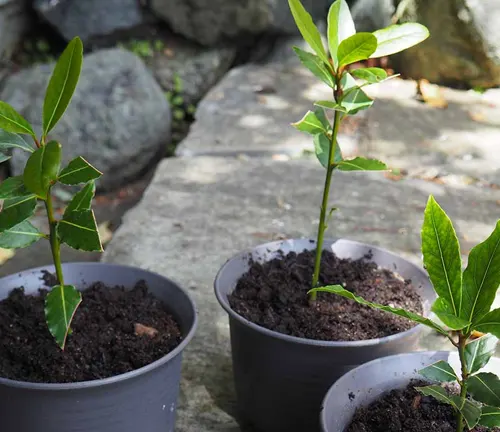
Anchoring the Earth with Grace
An often overlooked aspect of the Bay Laurel tree’s contribution is its role in soil stabilization. The extensive root system helps prevent soil erosion, anchoring the earth with grace. This feature makes the tree a valuable addition to landscapes prone to erosion, showcasing its significance in maintaining the structural integrity of the soil.
A Culinary and Ornamental Marvel
In kitchens worldwide, the Bay Laurel tree leaves, commonly referred to as bay leaves, find a prominent place. These aromatic leaves impart a subtle yet essential flavor to soups, stews, and various dishes, showcasing the tree’s culinary significance. Beyond the kitchen, the Bay Laurel serves as an ornamental marvel, enhancing gardens and landscapes with its lush foliage and dignified stature.
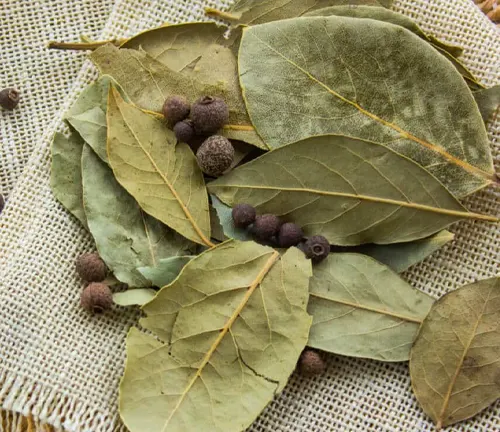

Exploring the Practical Side of Bay Laurel
The Bay Laurel tree offers benefits that extend beyond its visual and culinary appeal. The wood from the tree, though not as well-known as its leaves, holds value for certain crafts and woodworking projects. Additionally, the tree’s adaptability and resilience contribute to its role in agroforestry, providing both aesthetic and practical benefits for sustainable land use.
Navigating the Enchanting Realms of the Bay Laurel Tree
Embarking on a journey through the Mediterranean region unveils the captivating realms inhabited by the Bay Laurel tree (Laurus nobilis). This botanical treasure thrives in specific habitats, creating a unique tapestry within nature’s gallery. The habitat map of the Bay Laurel not only traces its geographical distribution but also offers a glimpse into the diverse ecosystems it calls home.

The Living Tapestry of Bay Laurel’s Botanical Essence
Delving into the intricate details of the Bay Laurel tree unveils a living tapestry of botanical brilliance. Every component, from the glossy evergreen leaves to the sturdy branches, contributes to the tree’s unique identity. As we explore the components of this elegant species, we uncover the secrets of its resilience, adaptability, and the harmonious synergy that sustains its presence in the natural world.
Unveiling the Ripple Effects of the Bay Laurel’s Existence
Beyond its immediate surroundings, the Bay Laurel tree leaves a trail of side effects that resonate throughout its ecosystem. These effects extend beyond the aesthetic allure and delve into the interconnected relationships between the tree and its environment. From providing shelter for diverse flora and fauna to influencing soil stability, the Bay Laurel’s existence sets off a cascade of positive side effects that underscore its ecological significance.
Different Species
Laurus nobilis
(Sweet Bay or Bay Laurel)
This is the true bay laurel tree, known for its aromatic leaves used in cooking. It is native to the Mediterranean region.
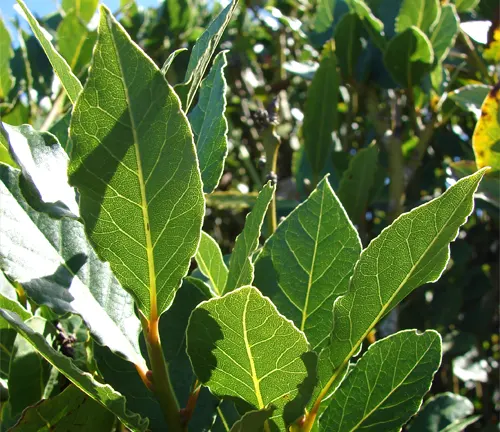
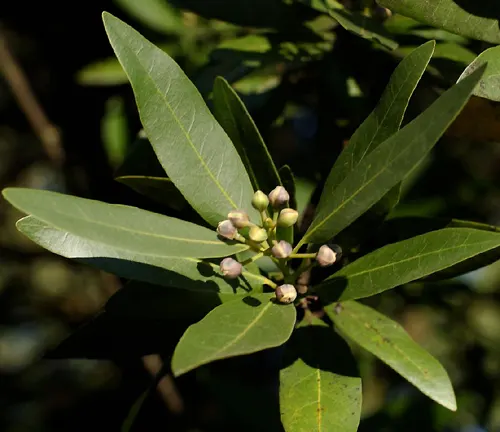
Umbellularia californica
(California Bay Laurel)
Also known as Oregon myrtle or California laurel, this species is native to the western United States. It has aromatic leaves similar to those of the true bay laurel but belongs to a different botanical genus.
Persea borbonia
(Redbay)
Native to the southeastern United States, the redbay is another laurel species. While not the same as the true bay laurel, it shares some characteristics, and its leaves have been used as a culinary substitute.
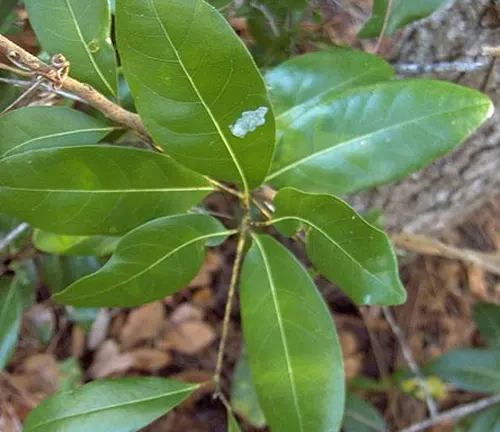
Frequently Asked Questions (FAQs)
- What is a Bay Laurel tree?
The Bay Laurel tree (Laurus nobilis) is an evergreen tree native to the Mediterranean region. It is known for its aromatic leaves, commonly referred to as bay leaves, which are used in culinary applications. - How tall does a Bay Laurel tree grow?
Bay Laurel trees can reach heights of up to 40 feet (12 meters) when mature, creating a majestic presence in landscapes. - What are the uses of Bay Laurel leaves?
Bay Laurel leaves are used as a spice in cooking, imparting a subtle and distinctive flavor to various dishes, particularly soups and stews. They are also used for ornamental purposes and have historical significance as symbols of honor. - Can Bay Laurel trees be grown outside the Mediterranean region?
Yes, Bay Laurel trees can be grown in various climates, but they generally prefer Mediterranean-like conditions, including well-drained soil and full sunlight. - How do you cultivate and care for a Bay Laurel tree?
Bay Laurel trees require well-drained soil and benefit from full sunlight. Regular pruning can help shape the tree and encourage bushier growth. Adequate watering is essential, especially during dry periods. - Is the Bay Laurel tree only known for culinary uses?
No, in addition to culinary uses, Bay Laurel trees have cultural and ornamental significance. They were historically associated with honor and achievement, and the tree itself is valued for its elegant appearance in gardens and landscapes. - Are there different species of Bay Laurel trees?
While Laurus nobilis is the true or sweet bay laurel, there are other plants with similar names or characteristics, such as the California Bay Laurel (Umbellularia californica) and Redbay (Persea borbonia). However, these are different species. - Can Bay Laurel trees be grown in pots or containers?
Yes, Bay Laurel trees can be grown in pots or containers, making them suitable for patios or smaller garden spaces. Ensure proper drainage and use a well-balanced potting mix. - Are there any pests or diseases that affect Bay Laurel trees?
Bay Laurel trees are generally resistant to pests and diseases. However, occasional issues may include scale insects or fungal diseases, which can be managed through proper care and, if necessary, targeted treatments. - Can I harvest Bay Laurel leaves from my tree for culinary use?
Yes, you can harvest Bay Laurel leaves for culinary use. However, it’s recommended to wait until the tree is mature enough, typically after a few years of growth. Harvest leaves sparingly to ensure the health of the tree.


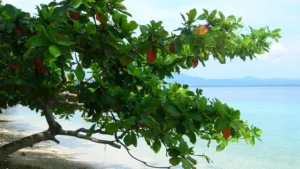
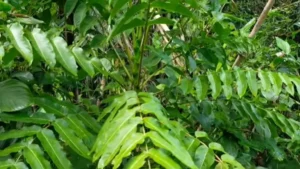
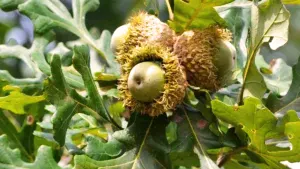
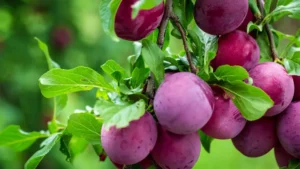
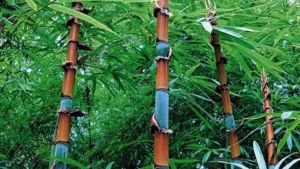

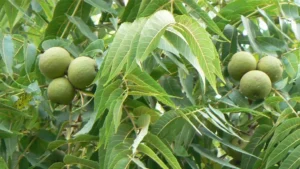

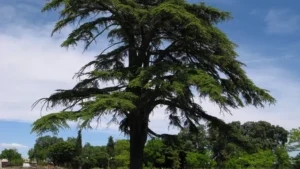

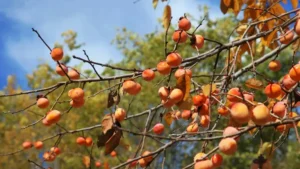
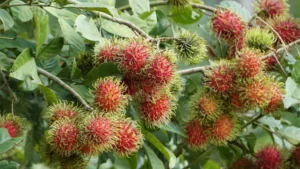
Leave your comment